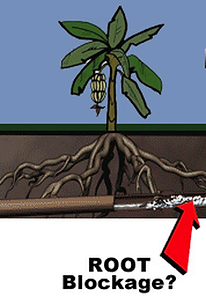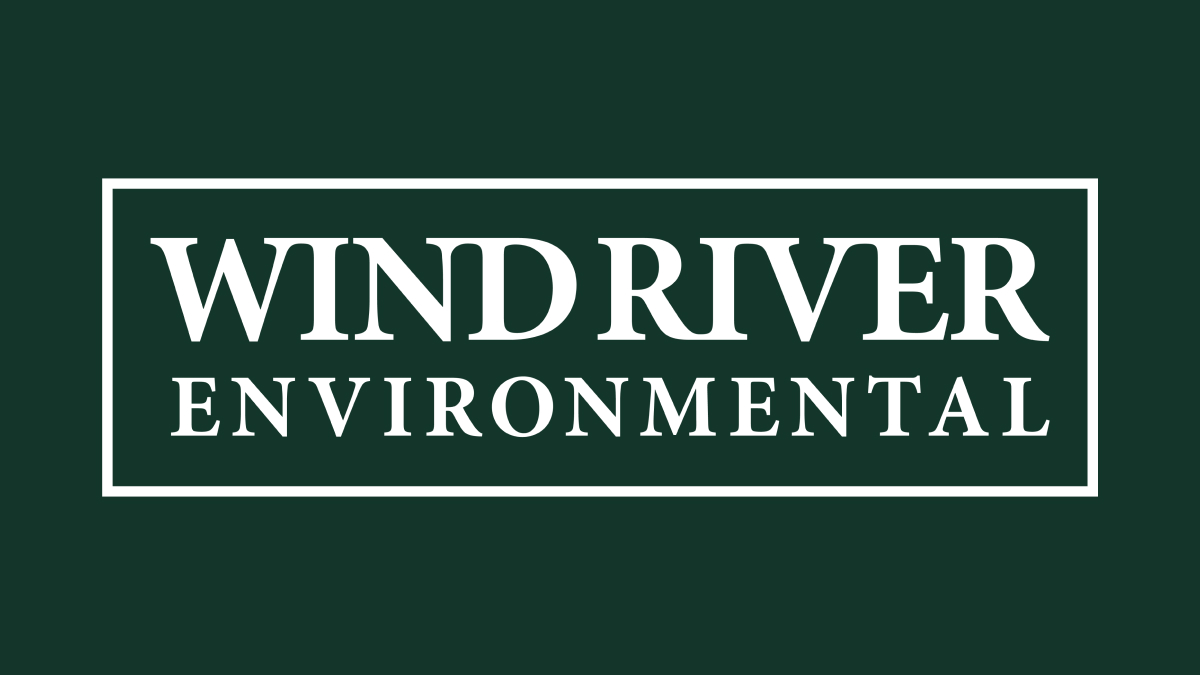Many of the problems in your sewer system can be linked to pipes and joints that are offset. When joints shift or sink, they lose their alignment with the rest of the sewer piping and drainage problems result. In this reading, you'll learn about the causes, problems, and remedies of sewer line offset. Take this information and use it to take the appropriate steps to prevent this problem, or to get help from the proper professionals like us from Wind River Environmental.
What causes sewer line offsets?
Tree roots : The roots of the trees have the capacity to grow through, under, and above sewer lines on your property. When this happens, a sewer pipe joint may become offset when the roots expand and move the joint out of position. Different types of pipes have varying levels of susceptibility to tree roots. For example, clay pipes are especially vulnerable to tree root invasion.
the roots expand and move the joint out of position. Different types of pipes have varying levels of susceptibility to tree roots. For example, clay pipes are especially vulnerable to tree root invasion.
Soil movement : When the soil around the sewer pipes shifts or settles, it creates the possibility that offsets will be created. This again is more likely a result in clay pipes, while cast iron sewer pipes stick together and form some kind of belly at the point where the ground has moved.
What problems result from sewer line offsets?
Clogs : When offsets develop, a bottleneck is created at that point in the sewer system. As fluids and solids through the system, they slow down at the point of the offset. Over time, some solids will be stuck and trap more materials until a big clog develops in the sewer pipe..2410141317476.webp)
Opening for tree roots : When offset joints and gaps develop in the sewer system, an opportunity is given to tree roots to penetrate the pipes. It all starts with roots following the moisture available at its source and before long the roots will penetrate the pipe and grow large inside of it.
Sinkholes : The gaps in the pipes and offset joints allow sewage to leak out of the pipes. This sewage not only contaminates groundwater but also carries soil with it as it flows. Over time, sinkholes can develop on your property in the area where this underground sewage is flowing..2410141318210.webp)
How do you repair offset joints?
Step 1 : Video pipe inspection - this is one of the most cost effective and minimally invasive ways to detect sewer pipe offset. The inspection will reveal the precise location of the offset, as well as any other defects within the sewer system. This allows us to give you the most accurate solution to your problem.
Step 2 : Hydro excavation - this is a method that is used to clean the sewer lines with high-pressurized water to dislodge the dirt and mud, tree roots, debris, etc. inside the sewer lines. Then a vacuum truck is used to dislodge the items. This leaves the offset joints free from obstruction and water to flow freely.
Step 3 : Trenchless pipe repair - utilizing the trenchless technique qucklock pipe repair, we pull the quicklock sleeve where the place damage is located and inflate the packer to install the sleeve. The end result is the creation of a smooth and seamless pipe within a pipe.
While we recommend QuickLock pipe repair in order to restore small sections of pipe, there are also a wide number of other trenchless pipe repair options we can provide. Please.2410141318595.webp) discuss with our trenchless pipe repair experts in order to determine the trenchless pipe repair method that would be best depending on your situation.
discuss with our trenchless pipe repair experts in order to determine the trenchless pipe repair method that would be best depending on your situation.
If you are in need of an offset sewer repair service or any of the services mentioned above, please contact Wind River Environmental, and one of our sewer pipe repair specialists will be happy to assist you.



